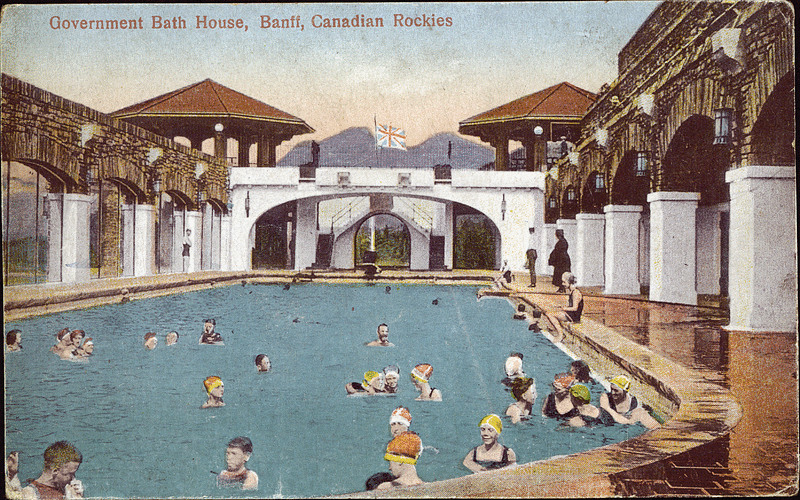In the mid-1880s, a series of events that would crucially influence the preservation of Canada’s natural beauty happened right here, in the province of Alberta. It is the establishment of Banff National Park, the first of many of its kind that would be found across Canada. Our province’s national parks are little gems to enjoy front and backcountry camping, hiking, skiing, wildlife photography, and many other activities. But how did it all start?
The area where Banff National Park is today was inhabited by First Nations tribes such as the Kootenay, Stoney, Blood, Peigan, Siksika and Tsuu T’ina. The Rocky Mountains were a plentiful area for hunting and the flora held several medicinal properties, along with the natural hot springs. Not only that, but the Aboriginals served as guides to the Europeans who explored the land. The handling of the land by the Aboriginals is too often overlooked— the respect that they paid to the land ensured that the European settlers and future generations could fully enjoy the beautiful landscape.

The establishment of Banff starts in 1883 when three Canadian Pacific Railway workers (William McCardell, his brother Tom McCardell, and Frank McCabe) stumbled on hot springs on Sulphur Mountain. Understandably, these hot springs were acknowledged as a potential hot tourist attraction — I mean, who wouldn’t be able to resist sliding into steaming hot waters after a long day of work? These railway workers saw a great opportunity to make some money out of the soothing and warm mineral water, but they were denied ownership of the land and instead, the Canadian Government declared that the hot springs and the surrounding 26 square-kilometre land could not be claimed in 1885. Banff National Park was officially established in 1887 after the Rocky Mountains Park Act, with the reserve expanding to encompass 665 square-kilometres. Today, these hot springs are known as the Cave & Basin National Historic Site, the birthplace of eventually all of Canada’s National Parks.


Personally, Banff National Park has become a cornerstone of my life. Ever since early childhood, my family has gone camping in Banff and neighbouring national parks every summer. Admittedly, I wasn’t ecstatic all of the time — hiking to a mountain summit every consecutive day can get boring AND exhausting for a child— but over the years, I’ve truly realized how lucky us Albertans are to have this beautiful, accessible stretch of land. Many of my fond memories come from Banff, whether it was playing cards with family in front of the campfire, the tradition of hiking up Sulphur Mountain every year, exploring new trails (and revisiting previous ones), eating fudge and ice cream from The Fudgery and COWS, or frantically running around in Banff and Lake Louise playing Pokemon Go just last summer (at the peak of its popularity, the temptation was too hard to resist…). NOT following my previous example, going on a trip to Banff National Park is a great way to escape city life and just enjoy spending time with family, without the distraction of technology and social media.

Banff National Park, simply put, has so much to offer; if you don’t fancy hiking, there are many other activities to do in Banff. Banff is home to sightseeing tours through the icefields, national historic sites and museums, hearty dining, horseback riding, fishing, climbing, and several winter sports. Since it is Canada’s 150th anniversary of Confederation, it is crucial that we reflect on the past to acknowledge what we have in the present. As a society, we don’t typically take the liberty to educate ourselves about WHY and HOW an aspect of our lives came to be. If your family members aren’t particularly outdoorsy people, it can also be the time to appreciate something that is so close to our city. Furthermore, Parks Canada is welcoming all visitors to its National Parks with free admission in 2017 for the 150th anniversary, so it’s a great time to join in with the celebration and explore the wonders of Banff!
Images: (1) (2)
